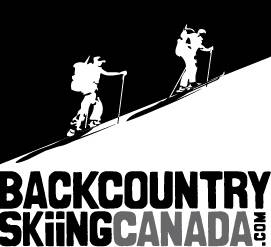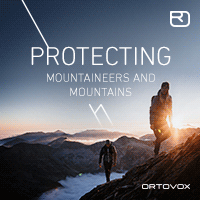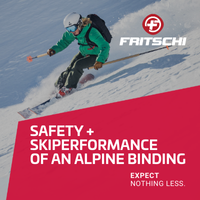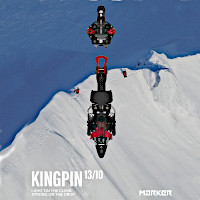CAC Spring Advisory
April 30, 2010
Danger Ratings:
In spring, danger is generally closely related to four factors:
1. Air temperatures above the freezing point produce melting and free water, which weakens the snowpack and
increases instability. As a result, danger goes up. When air temperatures drop below zero the snowpack may freeze
(although it can take several hours before a decent freeze occurs). Once frozen, the snowpack strengthens and
instability decreases. As a result, danger goes down.
2. Solar radiation melts the snow, creating free water, which weakens the snowpack and increases instability. As a
result, danger goes up. When the sun goes off a slope, the snowpack may freeze (although it can take several hours
before a decent freeze occurs). Once frozen, the snowpack strengthens and instability decreases. As a result, danger
goes down.
3. Rain adds heat, free water, and load to the snowpack, all of which are destabilizing influences resulting in rising
danger. It can take a day or two after rain stops for the snowpack to freeze or adjust to the new load so it may take
some time after a rain event ends before danger decreases
4. New snowfalls create new layers on the surface and add load to the snowpack. New snow may not bond to the old
surface, especially if that surface is a smooth crust. Added load can destabilize existing weak layers below the
surface. Winds strong enough to transport snow during or after the storm make these problems worse. It can take
two or three days after a significant snowfall (30cm or more) before the new snow settles and bonds.
When more than one of these factors occur at the same time or in close succession, danger is likely to rise more rapidly and
increase to higher levels than if only one factor is in play.
People often underestimate how variable danger can be and how quickly danger can rise in spring conditions. Slope
elevation, aspect, and incline strongly influence avalanche danger. A steep north slope at high elevation can have relatively
low danger while at the same time a low elevation, steep, south facing slope presents high danger. Rising temperatures and
strong solar radiation can change danger from LOW to HIGH in 30 minutes or less.
People often underestimate danger above and how far avalanches can run. The sun may hit slopes and cornices at high
elevations sooner and stay on them longer than low elevation slopes. Upper elevation temperatures can be warmer than lower
elevations due to differential heating by the sun and temperature inversions (warmer air lying over top of colder). Avalanches
that
start high on the mountain due to these or other factors can run right to the valley bottom and even into mature timber.






